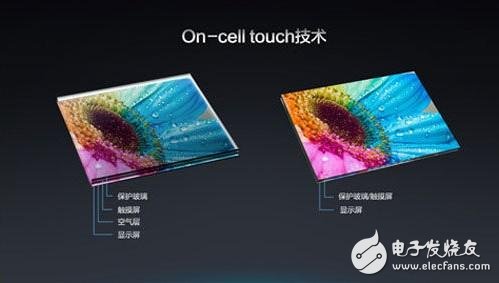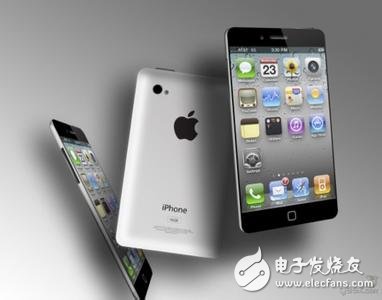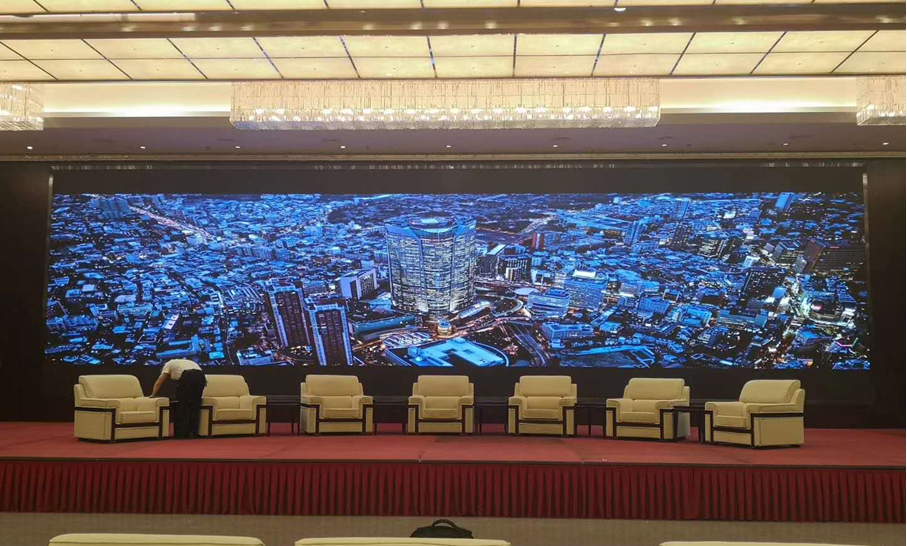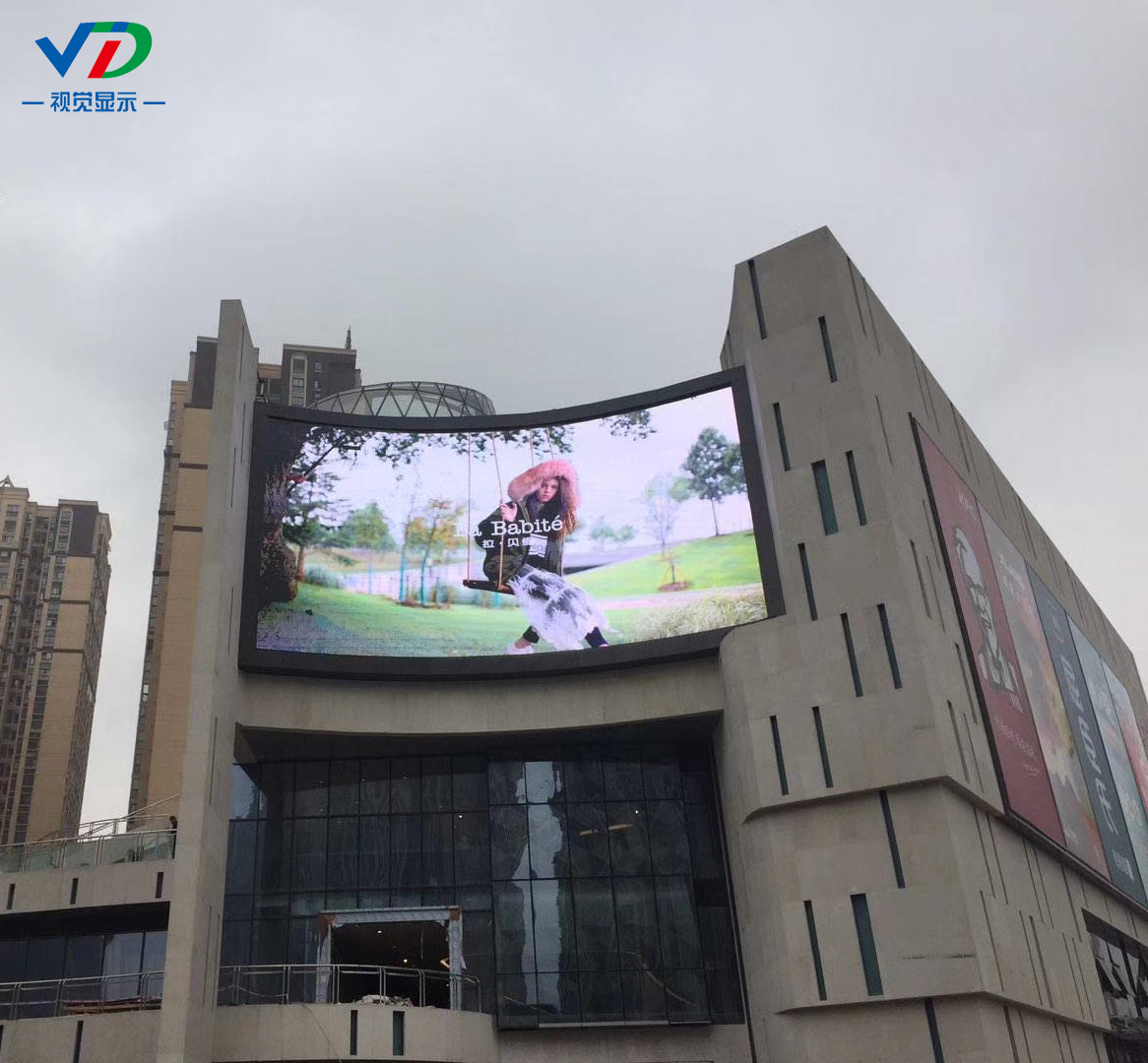Regarding the speculation of the screen concept, from the previous IPS, AMOLED, SLCD panel battle, to the current slogan, I am OGS full-fit screen, how light, transparent, and the image "emerges" on the screen, Apple seems to be more "High-end", the concept of In-cell/On-cell came out. Xiaobian is doing this section on the OGS/In-Cell/On-Cell screen, and strives to be easy to understand. I hope to let everyone know the truth in the simplest way.
To thoroughly understand the screens of In-Cell/On-Cell/OGS, etc., you must first know the basic structure of the screen.
From top to bottom, the basic structure of the screen is divided into three layers, the protective glass (the upper part of the orange is marked with Coverglass), and the touch layer (a little blue dotted line in the figure, marked with the X and Y parts). Display panel.
There is nothing to say about protective glass, Corning Gorilla Glass is. The touch layer is composed of an ITO touch film and an ITO glass substrate. The display panel can be subdivided to a high degree. Here, it is only roughly arranged: from top to bottom, the upper glass substrate (the area marked with a colorfiliter in pink, that is, the color filter substrate), the liquid crystal layer (blue strip), the lower glass. Substrate (pink labeled Array area, ie thin film transistor substrate). Finally, it should be pointed out that between the protective glass/touch layer and the display panel, the general bonding technique will form a layer of air (ie, the golden area marked with Bonding in the figure), if the full-fit technique is used to remove this The layer of air, the screen reflection will be greatly reduced, it will be more transparent when the screen is lit, and it will be darker when the screen is off, without a gray look.
The traditional G/G and GFF screens are all of the standard protective glass + touch layer + display panel layer structure, the difference is the touch layer. The touch layer of G/G screen is composed of 1 layer ITO glass substrate + 1 layer ITO touch film, and the touch layer of GFF screen has 2 layers of ITO glass substrate + 2 layers of ITO touch film (ITO: X and ITO) :Y). Obviously, the G/G screen is thinner.

Today, the OGS screens and InCell/OnCell screens that are advertised by various manufacturers are worthy of being boasted because they are all structures that protect the glass layer + display panel layer, and have a touch layer that is thinner and lighter. Where is the touch layer in the middle? This is precisely the key to distinguishing between InCell/OnCell screens and OGS screens. The InCell/OnCell screen integrates the touch layer and the display panel. The OGS screen integrates the protective glass layer and the touch layer. In order to compete for the right to speak in the industry, touch module manufacturers push OGS, while display panel manufacturers such as LG, Samsung, Sharp, etc. push In-Cell/On-Cell.

There may be people who are going to get to the bottom of the page. Since both the InCell screen and the OnCell screen integrate the touch layer and the display panel, how do you distinguish between InCell and OnCell? This is related to the position where the ITO film is embedded in the display panel. The so-called OnCell is to put the ITO touch film on the upper glass substrate of the display panel. This is what Samsung's Galaxy flagship does. In In-Cell, the ITO touch film is placed on the display panel. Under the glass substrate, it is generally fused with the liquid crystal layer, and the representative model is Apple's iPhone 5.

In-Cell, On-Cell, and OGS have different screens, such as the degree of lightness, display efficiency, manufacturing cost, and yield.
1. OGS is the best in terms of screen transparency and visual effects, followed by In-Cell and On-Cell. So, how to infiltrate how In-Cell/On-Cell is transparent, how good the visual effect can be, and rest. Whether it is iPhone5 or Samsung GalaxyS4, the pure screen transparency is actually not as good as some domestic mobile phones that use OGS screen, such as Meizu MX3.
2. The degree of lightness, in general, In-Cell is the lightest and thinnest, which is one of the reasons why the iPhone uses a metal body and can be extremely thin and light. OGS is second, and On-Cell is slightly worse than the former two.
3. Screen strength (impact resistance, anti-fall), On-Cell is the best, OGS is second, and In-Cell is the worst. It should be pointed out that OGS integrates Corning's protective glass and touch layer directly. The processing process weakens the strength of the glass and the screen is fragile. As for why the In-Cell screen is inferior, I don't know why. This may be related to Apple's own In-Cell pursuit of extreme thinness. The Lumia 920 is also an In-Cell screen, but it has good auxiliary design/measures. To enhance the impact resistance and drop resistance of the screen. In addition, it should be pointed out that because the In-Cell fuses the touch layer and the liquid crystal layer, once the touch screen has a problem, it needs to be replaced together with the display panel.
4. In terms of touch, OGS's touch sensitivity is better than On-Cell/In-Cell screen, but sometimes it is not a good thing. OGS technology is not good, the ultra-high sensitivity is easy to occur "jumping screen" phenomenon, fine dust, sweat, water vapor can cause the "misoperation" of the touch screen, such as the MX3 first batch of machines this problem is more serious. For multi-touch, finger, Stylus stylus support, OGS is actually better than In-Cell/On-Cell. In addition, because the In-Cell screen directly fuses the touch layer and the liquid crystal layer, the sensing noise is large, and a special touch chip is needed for filtering and correction processing. OGS screens are less dependent on touch chips.
5. Technical requirements, In-Cell/On-Cell are more complicated than OGS, and the production control is more difficult.
6. In terms of yield, the previous In-Cell screen yield is low, which greatly affects the supply of iPhone5 and other products, but as the manufacturers continue to invest, the technology is maturing, In-Cell/On-Cell screen The yield is already at the same level as OGS, and large-scale shipments are not a problem.
LED Video Wall Screen is also called small pitch led display screen, Indoor Led Video Wall Screen,Outdoor LED Video Wall Screen.In recent years, the wide application of Led Display Screen in all walks of life has led to the centralized outbreak of "small spacing", especially in places where the display requirements, screen precision and density requirements are relatively high, such as police command system, monitoring and security system, high-end conference system, advertising information release, etc.

LED Video Wall Screen is so popular, mainly because it has the following outstanding characteristics:
1.Cabinet thickness of the box <40mm;
2.Cabinet power no cascade output, lower risk of connection defectives;
3.Secondary class power supply design, low voltage power supply inside cabinet,high efficient module power,
low heat radiation;
4.The module apply magnesium alloy die-casting bottom base, good flatness, the bottom base dings;
5.Module intelligent detection and data;
6.Board-to-board professional connector for module and HUB, the performance is more reliable;
7.Control card and power supply using dual backup design, it can be applied to a variety of high demand places;
8.Concealed HDMI connection for signal more stable performance and cleaver joint;
9.Front and after maintenance for control cards;
10.High gray level, high refresh, high contrast, low brightness design.

LED Video Wall Screen
Led Video Wall Display,Finest Quality Led Wall Display,High-Quality Led Video Wall
Shenzhen Vision Display Technology Co,.LTD , https://www.ledvdi.com